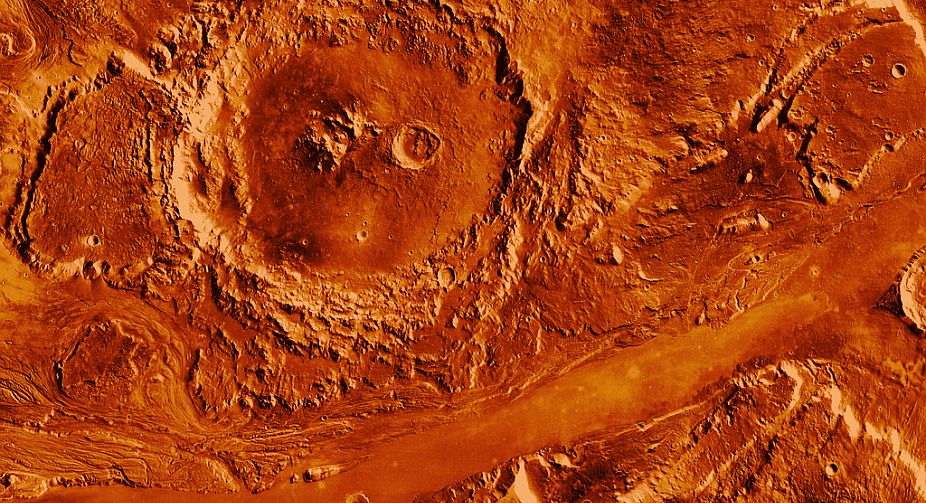Isro Mars Orbiter Chief ambitious about Mission Venus
The first ever venture into Venus is part of the country's space exploration, claimed the topmost ISRO scientists here on Wednesday.

(Photo: Getty Image)
Future explorers on Mars may be able to turn the planet's red soil into bricks stronger than steel-reinforced concrete, without using an oven or additional ingredients, scientists have found.
Applying pressure to compact the soil – equivalent of a blow from a hammer – would be sufficient to make these bricks, according to researchers from the University of California San Diego.
Advertisement
“The people who will go to Mars will be incredibly brave. They will be pioneers. And I would be honoured to be their brick maker,” said Yu Qiao, a professor at UC San Diego.
Advertisement
Proposals to use Martian soil to build habitats for manned missions on the planet are not new. However, this is the first that shows astronauts would need minimal resources to do so.
Previous plans included nuclear-powered brick kilns or using complex chemistry to turn organic compounds found on Mars into binding polymers.
The researchers were initially trying to cut down on the amount of polymers required to shape Martian soil into bricks, and accidentally discovered that none was needed.
To make bricks out of Mars soil simulant, without additives and without heating or baking the material, two steps were key, they said.
One was to enclose the simulant in a flexible container, in this case a rubber tube. The other was to compact the simulant at a high enough pressure.
The amount of pressure needed for a small sample is roughly the equivalent of someone dropping 5 kg hammer from a height of one metre, Qiao said.
Researchers investigated the strength of the bricks and found that they are stronger than steel-reinforced concrete.
The process produces small round soil pallets that are about an inch tall and can then be cut into brick shapes.
The researchers believe that iron oxide, which gives Martian soil its signature reddish hue, acts as a binding agent.
They studied the structure of the Mars soil simulant with various scanning tools and found that the tiny iron particles coat the simulant's bigger rocky basalt particles.
The iron particles have clean, flat facets that easily bind to one another under pressure.
Researchers said their method may be compatible with additive manufacturing or 3D printing.
To build up a structure, astronauts could lay down a layer of soil, compact it, then lay down an additional layer and compact that, and so on.
The findings were published in the journal Scientific Reports.
Advertisement